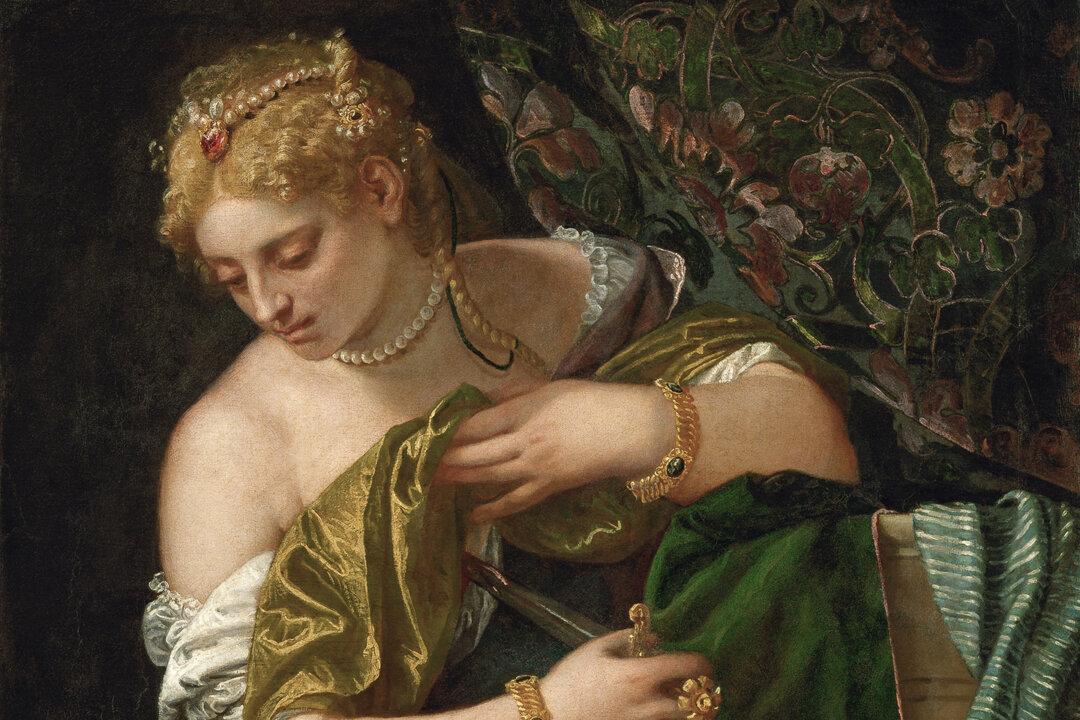In A.D. 98, Emperor Trajan granted what is now Holland’s Nijmegen (the largest city in Gelderland) the status of a Roman imperial city—one whose citizens were equal to citizens of Rome. Almost two millennium later, work commenced on Holland’s true masterpiece of urban expansion in over a century.
Vinex-Locations
Brandevoort was built in response to the 1991 Dutch Ministry of Housing’s “Fourth Memorandum on Extra Spatial Planning.” Colloquially abbreviated as “Vinex” (from its Dutch title), the memorandum was based around a few key points. A Vinex-location (master-planned suburb) needed to expand existing urban areas while protecting rural regions and include residences, stores, and offices to maximize resident’s ability to live locally and create closer communities.Reviving Classical Principles

In 2007, Helmond’s planners commissioned Krier and Kohl to develop a proposal that would include designs for all of Brandevoort’s buildings. Needing a team of assistants, the architects invited Ettore Mazzola, a professor of architecture at the University of Notre Dame’s Rome program, and an entire class of graduate students to collaborate with them.
Upon arriving in Holland, Mazzola and his students began with a three-day intensive study of the country’s historical architecture, particularly the well-preserved towns of Hilvarenbeek, Huesden, and the city of Eindhoven. Established largely during the Dutch Golden Age, 17th century traditional Dutch styles—from civic buildings and canal houses to vernacular architecture—share certain characteristics. While their basic foundations were inspired by the classical proportions of ancient Greek and Roman structures, traditional Dutch architecture incorporated localized details. It created an aesthetic that was understated, domestic, and gentle. Building materials were sourced from within the region and colors typically reflected the Dutch landscape. It was also common to incorporate Gothic decorative details.
Consultations with local residents allowed the architectural team to develop ways of combining traditional aesthetics with the practicalities of contemporary life. By examining local classic architectural structures repaired or rebuilt after they were damaged or destroyed during World War II, they saw modern examples of how to work with classic styles.

A Contemporary Fortified City
At the center of Brandevoort is a section called “De Veste,” which translates as “The Stronghold.” It’s modeled on Dutch fortified cities from the 16th and 17th centuries. Solid “walls” of townhouses surround it, forming a perimeter shaped like fortress. Having entrances to the townhouses both outside and inside the perimeter doesn’t change the town’s “defensive” appearance. Gateways and a handful of defensive style towers further enhance the “post-military” aesthetic.Like the once fortified Medieval cities around which urban and suburban areas grew, De Veste is Brandevoort’s business center and has its densest concentration of homes. Numerous townhouses, business, and commercial building complexes were built within its perimeters.

De Veste preserves the small-town culture of traditional European cities. Buildings are no more than a few stories high. Major roads are diverted around Brandevoort instead of running through the neighborhood’s center. The characteristic, old country road runs east-west, and there is a perpendicular market square with a north-south canal.
On the east, south, and west sides of De Veste are five more sections of Brandevoort—Schutsboom, Brand, Stepekolk, Hazenwinkel and Liverdonk—that expand suburban life. Those residents live in detached homes with yards, or connected townhouses, which are larger than those in De Veste.
Today most of Brandevoort has been built. After receiving high praise from architects and urban planners, the neighborhood’s homes, shops, and offices filled rapidly with people enthusiastic about living in a classically inspired Dutch town.







